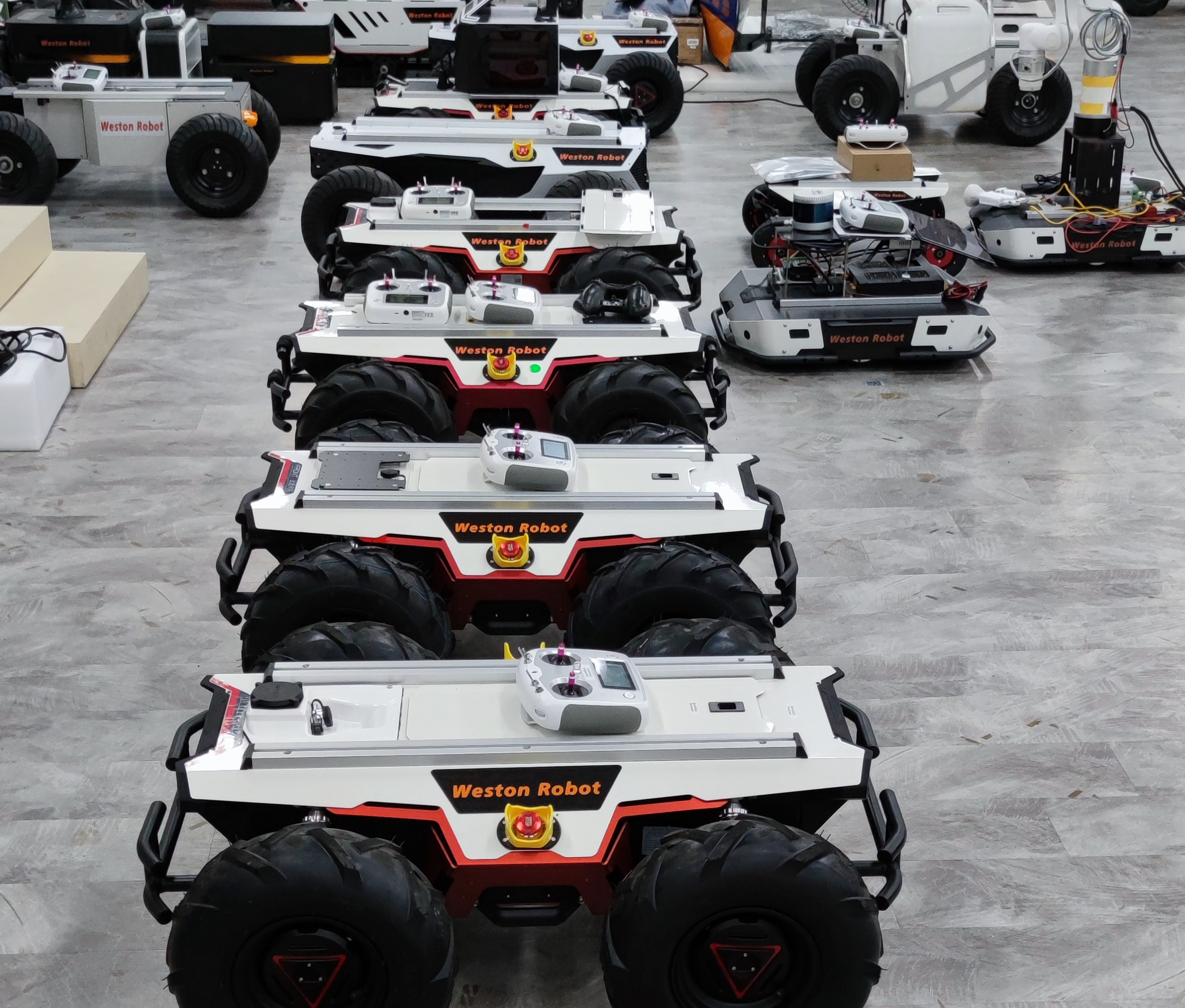The recent acquisition of Fetch Robotics by Zebra Technologies for $290M sent a clear warning signal to the “boom” of global service robotics market. Remember Fetch Robotics has raised over $90M, which means the early investors of Fetch Robotics make very limited profit if the company was acquired by $290M.
There are hundreds of, if not thousands of, service robot provider across the globe, but only very few of them are profitable. Why? There are a number of factors attributing to the loss of many service robot companies: (1) customers often have unrealistic expectations to the autonomy of the robots, resulting in long conversation to nail down the requirements. (2) most service robots today are built on UGV/AGV/USV mobile robot bases, which is often made to work in constraint environments, which makes the adaptation of the customer site very costly. (3) only few of mobile robot bases (if not zero) has mass production, the usability and maintainability of each mobile base haven’t been comprehensively verified, often resulting in unprecedent deployment and maintenance cost.
Robot Failure Might Cause Fatal Accident
To have a more cost-effective business model, especially customers are willing to pay for the solutions, the above factors will cause one serious consequence: service robots often have low running time if robot service providers (integrators) use off-the-shelf robot base to develop the end products. Weston Robot has observed so many “failure” cases where robot integrators develop a quick solution to fulfil the customers’ needs, but often resulting in humongous maintenance bills due to the low running time. The worst case is that customer might choose to return the robot due to the unsatisfactory running time.

A Fleet of UGV Ready to Ship to Customers from Weston Robot
Over the past few years, I keep asking myself how we can make service robot's up time as close as to 99.x%. Otherwise, it is not practical to deploy large volume of service robots due to the overwhelming deployment and maintenance cost, and poor customer experience. I have seen so many cases where the service robot's down time is more than its up time. As a UGV builder, and supporting many service robot integrators across the globe, we decided to move up the ladder by adding more tools for robotics integrators and researchers so that they can build more reliable service robots on top of our UGVs.
How to increase the running time of service robots? How to make the UGV easy to use and easy to maintain? Remember, if the robot base is provided by a manufacturer, and the robot application is developed by another integrator, it is very complicated to coordinate the two parties to make a reliable product. Weston Robot’s role is to bridge the gap by adding more functions to common UGVs, so that system integrators can make best use of the base to develop their applications.
Weston Robot has developed different Robot Development Toolboxes to address the challenges:
- Robot Deployment Toolbox: https://www.westonrobot.com/robot-deployment-toolbox
- Robot Maintenance Toolbox: https://www.westonrobot.com/robot-maintenance-toolbox
- Robot Assisted Driving Toolbox: https://www.westonrobot.com/robot-deployment-toolbox
Robot Peripheral Connectivity Board and Processing Board from Weston Robot
- 09-23The system equips with one lidar-based autonomous navigation AMR base, a 6-DOF collaborative robot arm with a customized-designed holders for two cloth, AI/vision system. The entire motion planning and computer vision runs on NVIDIA Jetson XAVIER. The robot autonomously travels to each corner of the table, detects whether there are some valuable items on the table before making the cleaning procedures.
![]() 08-27
08-27Remote-Controlled USV for Garbage Collection at Singapore Port
Unmanned Surface Vessel (USV) equipped with M1 5G perform garbage collection and water surveillance at Marina Keppel Bay (MKB) Singapore to test M1 5G coverage on the water area. A piece of good equipment that reduces water pollution (no gasoline required), remote cleaning, creating more high-tech jobs and cleaner water area for all to enjoy.![]() 02-19
02-19Electrical Robotic Mower Contributes to a More Sustainable Earth
While Singapore Financial Minister Lawrence Wong just talked about reducing carbon emission in Singapore, talk a look at our zero-carbon emission lawn mower running at Bishan Park, which can replace hundreds of gasoline-powered mowers. To help reduce the carbon emission of many gasoline-powered mowers, electrical mower CHAFER™ from Weston Robot is powered by battery with zero carbon emission. The electric mower can climb 30° ramp, work near the road edge, and highly efficient.
![]()
Learning
Robotics Learning Journey
![]()
Teaching
ROS Training Course
![]()
Research
Contact Weston Robot
![]()
Training
Our Daily Activities
![]()
Event
Lease Robots for Events
![]()
Support
Contact Support Team
我是一个空白板块



































